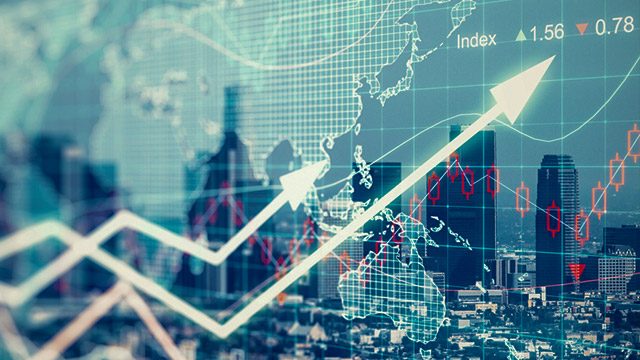SUMMARY
This is AI generated summarization, which may have errors. For context, always refer to the full article.


MANILA, Philippines (UPDATED) – Battling global market forces and domestic politics, the Philippines’ gross domestic product (GDP) growth managed to rise to 6.2% in the 3rd quarter of 2019, but still not enough to pull it up to the target band for the year.
The Philippine Statistics Authority said on Thursday, November 7, that GDP growth for the 1st 3 quarters of the year averaged at 5.8%, a couple of percentage points away from the goal of 6% to 7%.
National Statistician Dennis Mapa said the following were the main drivers for the quarter:
- Trade and repair of motor vehicles
- Personal and household goods
- Financial intermediation
Among the major economic sectors, services posted the fastest growth with 6.9%. Industry grew by 5.6%, while agriculture delivered a surprise growth of 3.1%.
With the country’s projected population reaching 108.3 million in the 3rd quarter of 2019, per capita GDP grew by 4.5%.
LOOK: PH economy’s performance in 3Q 2019. @rapplerdotcom”> November 7, 2019″>
GDP growth managed to recover as government expenditures picked up after the delayed passage of the 2019 national budget.
Socioeconomic Planning Secretary Ernesto Pernia said the Philippines likely ranked 2nd among emerging economies, just behind Vietnam’s 7.3% and higher than China’s 6%.
The Philippines is also an indirect victim of the bitter trade war between the United States and China that is causing a global economic slowdown. Pernia said this dragging issue will be the greatest obstacle for the 4th quarter growth figures.
“To withstand external shocks and promote growth over the medium term, our country must diversify products and markets through the establishment or improvement of new and existing trade relations with strategic partners,” Pernia said.
The GDP is an economic indicator which accounts for all the finished goods and services produced within the country in a specific period.
Aside from government spending, the Bangko Sentral ng Pilipinas is helping out by aggressively lowering interest rates it had tightened last year due to high inflation. The amount banks need to hold in their reserves was also lowered, improving market liquidity. – Rappler.com
Add a comment
How does this make you feel?





There are no comments yet. Add your comment to start the conversation.